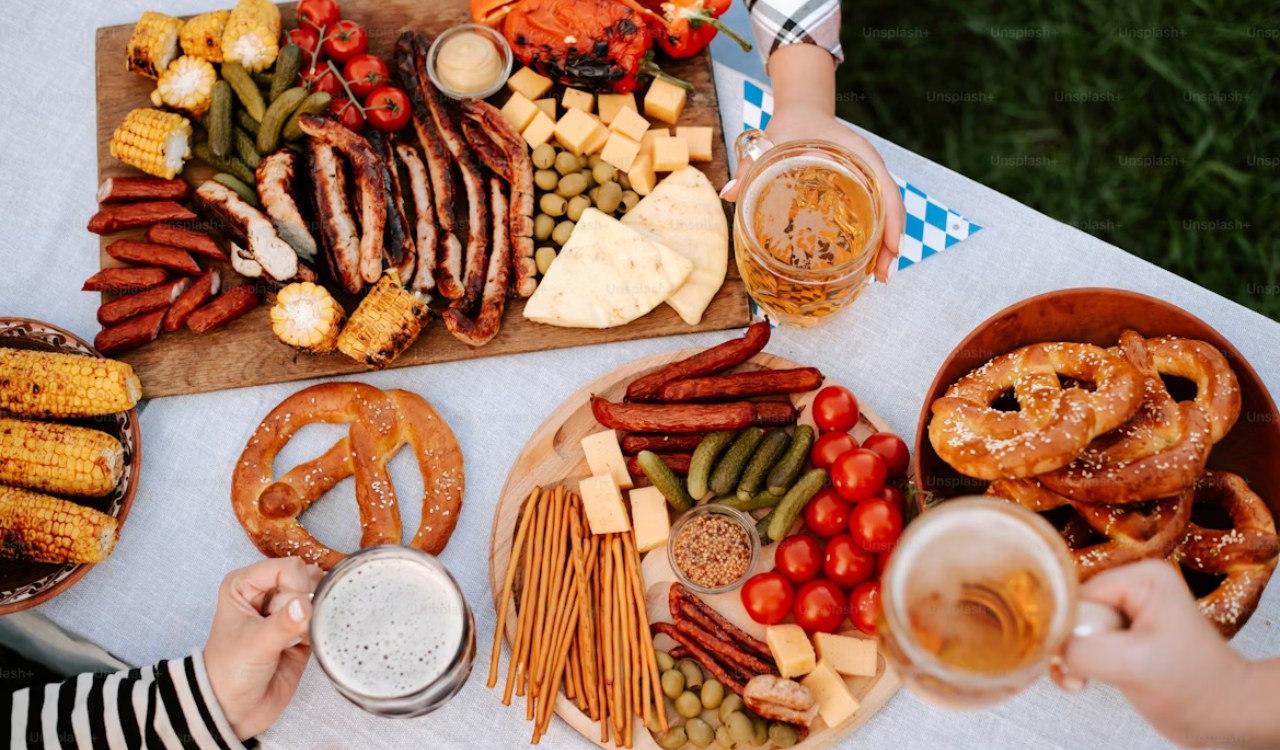9 Server Tips That Improve Your Restaurant Meal Every Time

A good restaurant meal isn’t just about the food; it’s a quiet collaboration between you and your server. The best diners know how to communicate, read the rhythm of service, and make small choices that keep everything running smoothly. Simple habits like ordering smart, asking the right questions, or giving thoughtful feedback can transform an average dinner into something memorable. These insider tips don’t just make life easier for your server; they make every bite, sip, and course better for you, too.
1. Ask for your server’s honest recommendation, not the “most popular” dish

Here’s the thing: “most popular” often means “most ordered by tourists,” not necessarily what’s freshest or best executed tonight. When you ask a server for a real recommendation, you get context, what’s just come up from the kitchen, what the chef is proud of, and what pairs well with the wines or sides. Good servers will tell you if a popular item has been slipping, or if a special is unusually good because a key ingredient arrived at peak quality. Frame the question: “What are you enjoying tonight? Anything you’d pick for someone who likes X?” That sparks honest answers and keeps your meal aligned with the kitchen’s strengths. You also build rapport, which often yields helpful follow-ups like suggested sides or portion guidance.
2. Order drinks and appetizers together to pace your meal better

Timing matters more than most diners realize. Asking for drinks and appetizers at the same time means you’re unlikely to be left sipping water while the table across the room gets a parade of snacks. It also gives the kitchen a clearer rhythm: they can time hot appetizers to arrive when drinks are ready, avoiding cold plates or awkward gaps. If you’re in a rush, tell the server so they can accelerate the sequence. If you’re lingering, ask them to space out. Either way, coordinated ordering prevents the most common pacing complaint: cold starters or empty glasses while the entree is still on the way.
3. Be upfront about time limits or dietary restrictions early

A simple heads-up changes how a server manages your table. If you have a hard cutoff for work, a flight, or a show, say so when you sit down. Servers can then pace courses, suggest quicker dishes, or tell the kitchen to prioritize your order. The same goes for allergies or dietary preferences: the earlier the kitchen knows, the better it can protect against cross-contact and propose safe, tasty alternatives. This transparency improves safety and reduces stressful mid-meal corrections. It also signals respect for staff time and planning, and restaurants almost always appreciate the clarity.
4. Watch how the staff treats each other; it reveals kitchen efficiency

The way servers and back-of-house staff interact is an inside look at a restaurant’s health. If the floor team communicates calmly, clears smoothly, and keeps a steady rhythm, the kitchen often runs on that same respectful cadence. Conversely, visible friction or frantic shouting usually signals stress that affects timing and plate quality. Observing teamwork helps you set expectations. If the staff is coordinated, you can safely order more courses or take a relaxed pace. If not, simplify your order and be patient. A positive staff culture tends to show up in consistent food temps, accurate orders, and quicker problem resolution.
5. Ask for sauces or dressings on the side to control balance

Sauces are easy to overdo in a busy kitchen, and they can mask or overwhelm good ingredients. Requesting dressings or sauces on the side gives you control over how much and where they land on your plate. It keeps crispy elements crisp, prevents soggy bottoms, and lets you taste the primary protein or veg first. For shared plates, side sauces also avoid cross-contamination of flavors. Servers appreciate the clarity because it reduces complaints and returns. If you’re trying to gauge seasoning or pair wine, tasting components dry first is the way pros instruct you to judge a dish, and side sauces make that possible.
6. Request a half-pour or tasting note before committing to a full glass of wine

Wine lists can be long and intimidating, and bottle prices often hide variability in quality. Asking for a half-pour, a small taste, or a quick tasting note from the server prevents wasted choices. It is common and perfectly reasonable to request a sample sip, especially for higher-end pours. Servers and sommeliers expect it and can steer you away from a bottle that’s out of balance or corked. If a half-pour is not practical, ask for a specific tasting note: body, fruit level, tannin profile. A little sampling saves money and improves the pairing, and it turns the wine service into a collaborative moment rather than a gamble.
7. Use small cues like neatly stacking plates to signal you’re ready for the next course

Restaurants rely on nonverbal cues to coordinate service, and you can help the rhythm without saying a word. Clear, simple gestures, stacking empty plates neatly, placing cutlery on a napkin, or aligning used glasses, tell servers you’re done with a course and ready to proceed. It’s discreet and efficient, especially in busy rooms where a server may be balancing multiple tables. If you prefer directness, a quick eye contact, and a raised hand works too. Small signals reduce accidental slowdowns and make the evening feel smoother without interrupting conversation or the dining flow.
8. Check about specials or substitutions; kitchens often have off-menu flexibility

Specials exist for a reason: seasonal produce, a great catch, or the chef’s experiment that didn’t make the regular menu. Ask about today’s specials and whether substitutions are feasible. Many kitchens will happily swap a side, remove an ingredient, or prepare a protein a different way if you ask politely. That flexibility lets you tailor dishes to dietary needs or taste preferences without ordering something entirely different. Servers appreciate clear requests because they can confirm feasibility immediately. This approach opens up better bites and often reveals the kitchen’s best, fresher options.
9. Show appreciation with clear feedback; servers remember and often go the extra mile next time

Gratitude is practical: servers are human and want to know when they’ve helped make your meal better. If a dish or wine suggestion lands perfectly, tell them, specific praise like “that fish recommendation was spot on” sticks. If something misses the mark, explain it calmly and privately so the team can fix it. Thoughtful feedback builds rapport, and staff will often return that favor with prioritized attention, extra tips on hidden menu gems, or small touches that improve the meal. A short thank-you and a clear comment create a cycle where your table becomes known as considerate and easy to serve, which consistently enhances future dining experiences.





